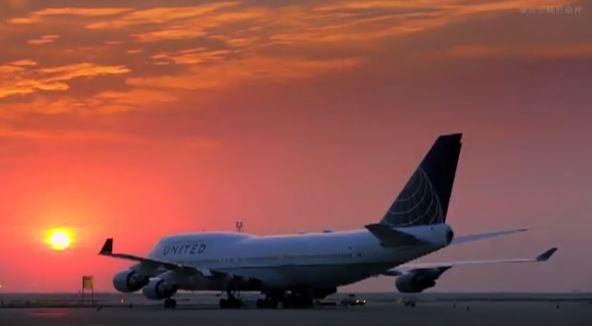
BEIJING—Incumbent carriers will gain the benefits from an agreement between China and the U.S. to double air service capacity between them.
Routes are also unchanged, according to the U.S. Transportation Department (DOT), which announced the increase in services Aug. 18.
This rule will disappoint two Chinese carriers, Sichuan Airlines and Hainan Airlines, after having applied to reopen open routes to the U.S. that were closed earlier in the COVID-19 pandemic. One of the incumbents, China Southern Airlines, had also hoped to reopen routes.
On Aug. 12, the Civil Aviation Administration of China (CAAC) permitted U.S. airlines to increase total services to eight from four per week, the DOT said. In response, the U.S. has permitted the same volume for Chinese airlines.
The two U.S. carriers, Delta Air Lines and United Airlines, currently connecting both countries will double their current services, all of which serve Shanghai, according to representatives of the companies in China.
While no Chinese airline has announced a new schedule, the DOT indicated that the Chinese side of the business would also add no new airlines or routes to the market.
“CAAC further informed the department that the four Chinese carriers currently providing scheduled passenger service to the United States have likewise qualified to increase their respective frequency of service from one-time weekly to two-times weekly,” the DOT said. “Accordingly, the Department’s Order will modify the previous decisions made in June to enable those qualified Chinese carriers to increase services to the United States, as China has permitted for U.S. carriers.”
Why more flexibility has not been allowed is not entirely clear. But since the Chinese side already has more airlines and more routes in this traffic, the U.S. side is likely to have demanded reciprocity in any expansion. Since U.S. airlines sought in May to restore services they had cut at the height of China’s pandemic, a theme in commercial aviation relations between the two countries has been Chinese restrictiveness and U.S. advocacy of a return to a free market.
A common view among Chinese airlines is that they are more deserving, because they persevered with minimal, unprofitable international services from February to April—for the national benefit and under government orders—after foreign carriers, including those from the U.S., severed connections with China. Furthermore, much of the demand between China and the U.S. now is from Chinese students abroad wanting to travel home.
The CAAC issued no statement in response to the U.S. announcement.
The four Chinese airlines that currently each fly once weekly between the two countries are Air China (between Beijing and Los Angeles), China Eastern Airlines (Shanghai and New York), China Southern Airlines (Guangzhou and Los Angeles) and Xiamen Airlines (Xiamen and Los Angeles).
Delta has been flying once a week to Shanghai from Seattle and once a week from Detroit, both services stopping in Seoul. United has applied both of its weekly flights to the route between San Francisco and Shanghai. All of these services will double, according to the company representatives.
Sichuan Airlines applied to the CAAC in July to fly once a week between Los Angeles and Hangzhou with an extension to Chengdu and once a week between Los Angeles and Jinan, also with the Chengdu tag.
Hainan Airlines applied in June to reopen five routes, connecting various Chinese cities with Boston, New York and Seattle. Also in June, China Southern sought rights for four U.S. routes, the destinations being Los Angeles, New York and San Francisco.
But approval would have exceeded the mutual Chinese-U.S. flight limit, then at four a week for each side. The CAAC could have approved some of these applications now but, according to the DOT’s statement, has not, instead just doubling the services that are already running.
Shanghai is and will continue to be the Chinese destination for five-eighths of services between the two countries. Flights to Beijing, China’s other main intercontinental gateway, are hampered by a CAAC requirement that they first arrive in another Chinese city for the health of passengers to be checked. This procedure reflects the high political importance to the Communist Party of China of protecting the national capital from a renewed novel coronavirus outbreak.





